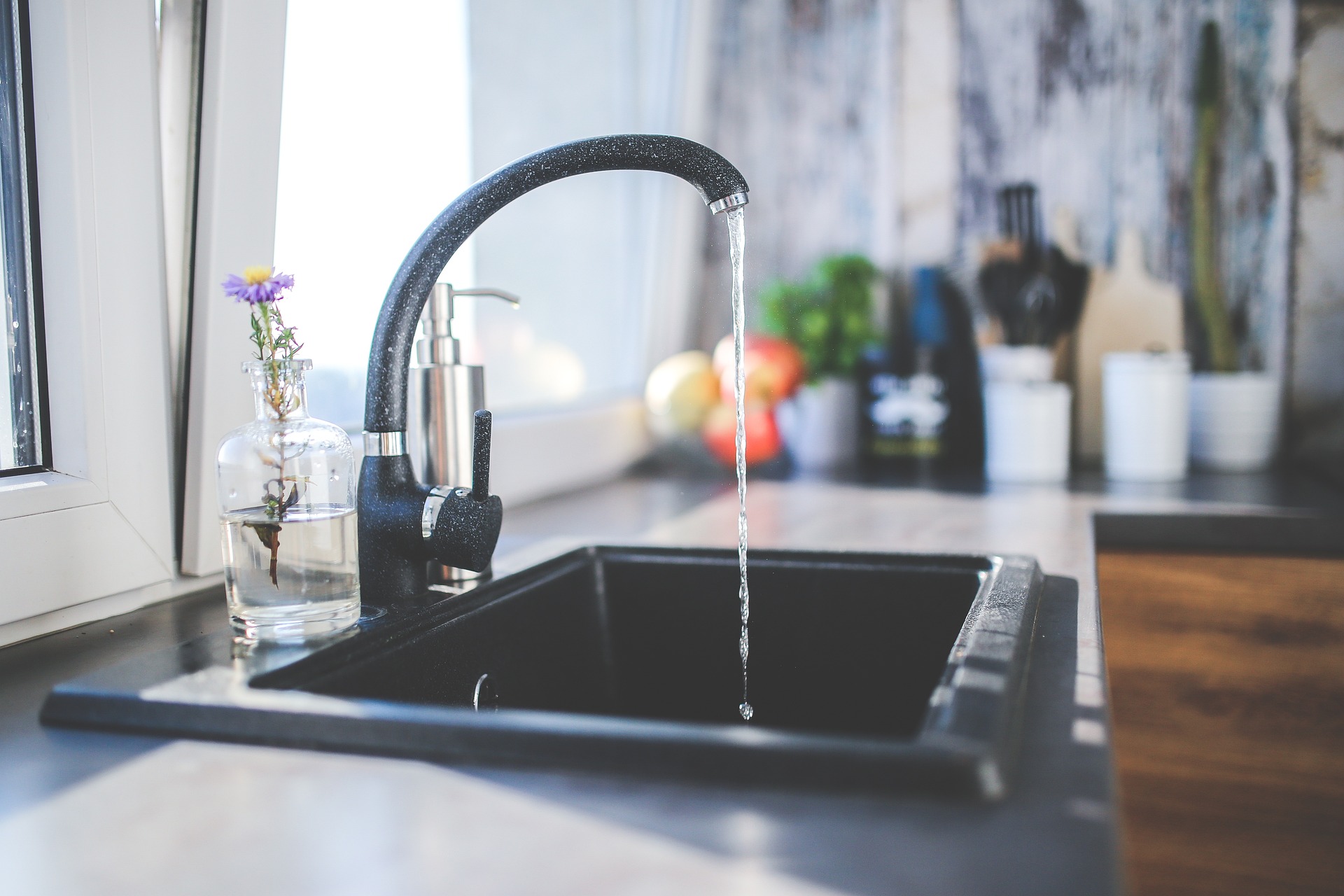Beneficient is a designer of technology products. He has a B.S. in electrical engineering and an M.S. in computer science from Stanford University, and he has worked at several startups, including Google and Facebook. He is the co-founder of Conversion.ai, Proof, and Apptopia.

As the heart of any kitchen, the importance of maintaining a clean and safe environment cannot be overemphasized. Among the many challenges that restaurants, cafes, and even home kitchens face, dealing with grease and oil waste is one of the most significant.
Grease traps, however, provide an effective solution to this problem. These devices, designed to intercept and collect grease and oil before entering the sewer system, offer numerous benefits that every kitchen owner or manager should be aware of.
From protecting public health and safety to reducing operational costs, grease traps are crucial for all kitchens. In this article, we’ll look closer at the importance of grease traps, how they work, and how to maintain them for optimal performance.
What Are Grease Traps?
Grease traps, also called grease interceptors or grease recovery devices, are plumbing systems designed to trap and remove grease, oil, and other solids at the source before they can enter the sewer system.
They are typically installed in commercial kitchens, such as restaurants, cafeterias, hotels, and even home kitchens, where large quantities of fats, oils, and grease are generated. Wastewater flows through a series of channels that separate and trap grease, which rises to the top and is stored in a separate chamber.
Types of Grease Traps
Grease traps come in different sizes and types, depending on the volume of wastewater and grease generated by the kitchen. The type of grease trap required depends on various factors such as the kitchen’s size, menu, cooking methods, and local regulations.
Larger kitchens with high grease and oil output typically require larger grease traps or multiple traps, while smaller kitchens may need smaller, compact models.
What Is the Role of Grease Traps in Kitchens?
Grease traps are like the unsung heroes of a kitchen, working quietly behind the scenes to keep things running smoothly. They prevent grease and oil buildup in your plumbing system, which can cause blockages, backups, and other headaches.
Not only that, but they also help to protect the environment by preventing grease and various oils from polluting waterways and harming wildlife.
By removing this from wastewater, grease traps also help to reduce the burden on municipal treatment plants, saving money and resources. In short, grease traps are essential for any kitchen that wants to maintain a clean, safe, and sustainable operation.
Proper Maintenance of Grease Traps
Maintaining your grease trap ensures its effective performance and prevents costly repairs or replacements.
Regular cleaning and inspection are necessary to remove the accumulated grease and solids from the trap, prevent unpleasant odors and backups, and comply with local regulations. It’s also essential to dispose of the collected waste properly and not pour it down the drain.
To simplify the maintenance process, you can opt for a plastic grease trap from TEGE materials, a leading manufacturer of durable and high-quality grease traps.
Plastic grease traps are lightweight, easy to install, and resistant to corrosion and cracking, making them an ideal choice for any commercial or residential kitchen.
Conclusion
So, if you want to keep your kitchen running smoothly, then installing a grease trap is a must. It helps prevent plumbing issues, keeps your kitchen sanitary, and protects the environment.
By following proper maintenance guidelines and using high-quality products like plastic grease traps from TEGE materials, you can ensure the longevity and effectiveness of your grease trap while also contributing to a greener future.
